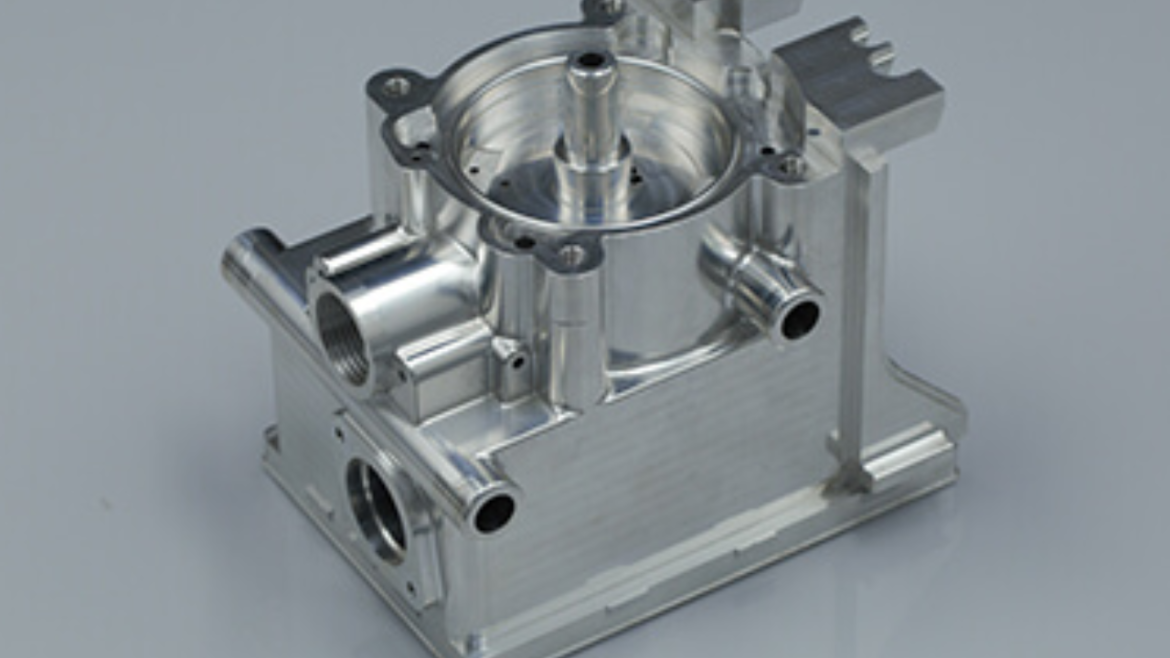Inside the international area of production and engineering, aluminum has emerged as a versatile and extensively used material because of its excellent residences, along with its lightweight nature, corrosion resistance, and high-quality thermal conductivity. One of the crucial procedures in operating with aluminum is machining, which involves shaping and refining the cloth into desired components.
Any producer of cnc aluminum parts will mention how simple it is to machine if you ask them. Given that aluminum comparatively you can eliminate a lot of it while still maintaining control over residual tension if it is dimensionally stable. It can be bead blasted for a matte surface or anodized for a consistent aesthetic finish and added corrosion resistance to get an appealing finish using carbide tooling and contemporary coolants.
The capability to precisely form aluminum elements is vital for designing and manufacturing products that meet stringent requirements for weight loss, structural integrity, and overall performance.
How to Boost Up Dimensional Stability in CNC Aluminum?
Reduce the Material’s Internal Stress
Using vibration and aging treatment, whether artificially or naturally occurring, is a typical method of removing internal tension. Additionally, eliminating the deformation brought on by internal stress can be accomplished by cutting the surplus sections beforehand and resuming the operation after 1-2 hours of natural aging.
Improve the Way the Workpiece is clamped
The following clamping techniques can be used to increase machining precision when processing thin-walled aluminum components with low stiffness on a CNC mill: Combined with the thin plate, use suction cups to equally disperse the gripping force to increase rigidity, add a medium into the workpiece.
Boost the Tool’s Capacity for Cutting
The cutting force and cutting heat are significantly influenced by the material and geometrical characteristics of the tool. To increase dimensional stability, the tool must be chosen correctly.
Pick a Responsible Machining Procedure.
Rough machining, semi-finish machining, aluminum machining, clear corner machining, and finishing are the typical steps in the CNC high-speed machining process. Increased semi-finishing machining is required for products with high precision requirements while maintaining a consistent machining allowance.
Use Proper Operational Techniques.
Select the appropriate cutting depth, spindle speed, and feed rate; symmetrical machining of the workpiece’s front and back all of the workpiece’s cavities should be machined using multiple layers; when milling parts with cavities, drill first.
Benefits of Aluminum Machining
Aluminum is extremely used in a variety of industries since it is one of the most adaptable production materials available. But why is aluminum such a good material for CNC machining? Here are a few of its primary benefits:
Light in Weight
With a weight of little over 2.7 g/cm3, aluminum is one of the lightest metals currently in use. That is incredibly helpful for a variety of sectors for a variety of practical reasons, including transportation, usability, and others.
Anticorrosive Characteristics
Another important benefit of aluminum is that it has anti-corrosive properties, which assist in keeping it from oxidizing. This, in addition to a variety of finishes and coatings, makes sure that your parts will last a long time.
Conductivity
Electrical and thermal conductivity are both good characteristics of aluminum. Because of this, it can be used in a variety of applications just like copper and other conductive materials.
Functional Machining
Aluminum’s simplicity of use in machining is another factor contributing to its popularity. Even the most complicated shapes can be made because the material is simple to drill, fold, and shape.
Resistance to Temperature
Aluminum resists low temperatures, making the machining process more adaptable than with certain other material choices.
Bottom Line
The manufacturing technology of CNC machining is adaptable and has a wide range of uses. Parts for the aerospace, automotive, medical, and other industries are typical examples. In order to create more complicated parts that can be manufactured in big quantities, 3ERP offers multiple ways to integrate 3-axis, 4-axis, or 5-axis CNC machining with other manufacturing methods when producing aluminum parts. Using these approaches allows aluminum to perform at its optimal level while maintaining the benefits of other production methods.

